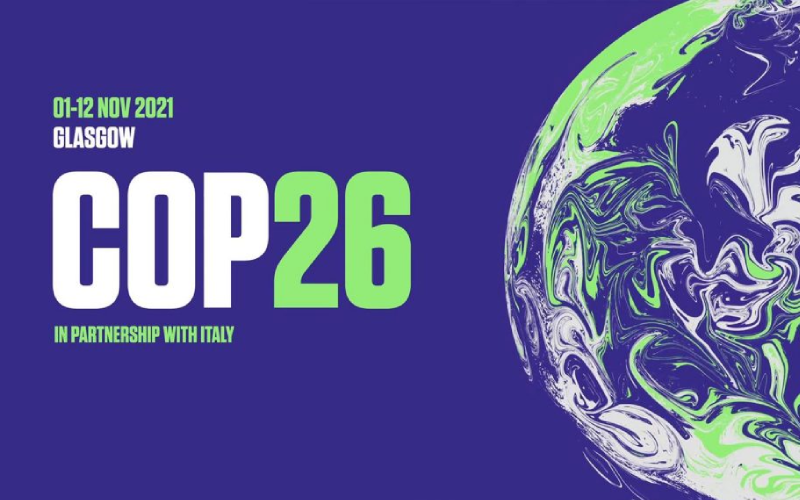You are here
- Home
- A history of UNFCCC
A history of UNFCCC

COP26 has been bringing together parties from across the world to accelerate action towards the goals of the Paris Agreement and the UN Framework Convention on Climate Change. The Open University has official observer status at COP26 and is learning from the conference to inform the university’s wider sustainability mission and inspire students and staff to take action. Here are some of the conference’s highlights, as told by our Open University observers.
COP26 Diary - 30 October: Dr Clive Mitchell, Associate Lecturer.
A history of UNFCCC will help to understand where we are now and why (see this great infographic by the Energy and Climate Intelligence Unit). The UNFCCC was adopted in 1992 with an aim to 'avoid dangerous climate change'. It has 196 signatories, though required no action. During the 1990s, efforts to secure action were centred on the Kyoto Protocol, which required signatories to collectively reduce emissions in 2012 by 5% from a 1990 baseline. Although over 30 industrialised countries committed to reduce emissions, many opted not to engage, notably the USA and China. Three issues fundamental to environmental justice dog the UNFCCC still:
- Distributive justice, notably the principle of shared but differentiated responsibilities. Current and historic emissions are not evenly distributed and the impacts arising are not evenly felt.
- Procedural justice, notably the principle of intergeneration equity. The lag between emissions today and impacts tomorrow creates political challenges for voters (today). Who speaks for future generations and with what authority?
- Recognition. Who gets a say in how the issues are framed and dealt with, whose voices are heard and whose are not? What interests are at stake, and which are visible?
During the 2000s 'dangerous climate change' came to be associated with a 2°C rise in global average surface temperature in 2100. This is enshrined in the Paris Agreement (2015) as the aim to limit global temperature rise to 2°C and as close to 1.5°C as possible. The Paris Agreement is voluntary (196 signatories) and is based on a 'bottom-up' approach to global emission reductions in which countries volunteer their proposed actions in their Nationally
Determined Contributions (NDCs). These are reviewed by the UN to determine their collective impact and include a ratchet mechanism to increase ambition. Current NDCs are well short of the level of action required to keep 1.5° alive.
There are many ways to judge the success of the UNFCCC and associated COPs. Over 50% of total global emissions have been in in the last 30 years, since the UNFCCC was adopted. Let's see what COP26 brings.
Related articles
- Accelerating Ambition and Impact: EAUC Conference 2024 30th July 2024
- Driving change: Imagining a different transport future 23rd July 2024
- Donating items to MK Food Bank 21st July 2024
- Butterflies as indicators of our impacts on nature - Climate Perspectives 9th July 2024
- Education for Sustainable Development Changemakers 8th July 2024